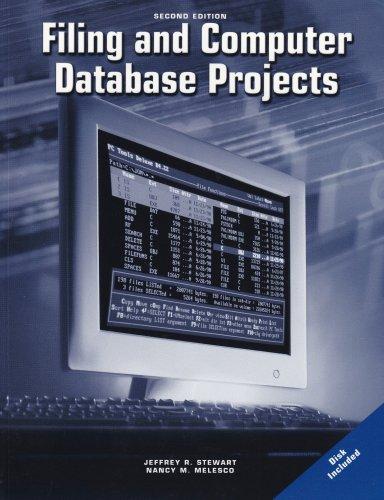Question
The orginal program is ; AddTwo.asm - adds two 32-bit integers. ; Chapter 3 example .386 .model flat,stdcall .stack 4096 ExitProcess proto,dwExitCode:dword .code main proc
The orginal program is
; AddTwo.asm - adds two 32-bit integers. ; Chapter 3 example .386 .model flat,stdcall .stack 4096 ExitProcess proto,dwExitCode:dword .code main proc mov eax,5 add eax,6 invoke ExitProcess,0 main endp end main
Modify your assembly program so that it calculates the following expression using associated registers. A = (A + B) (C + D)
You will use EAX for A, EBX for B, etc. Initialize these values with symbolic constants in hexadecimal. Make A = 29, B = 48, C = 92, and D = 22.
To do this, you need to move the integer values into the associated registers, and then use the ADD and SUB instructions (and please follow the order of operations).
Now another one:
A =C-(A + (C23) + B) + (B + 23)
It does not say what the associated registers should be in the project.
Step by Step Solution
There are 3 Steps involved in it
Step: 1

Get Instant Access to Expert-Tailored Solutions
See step-by-step solutions with expert insights and AI powered tools for academic success
Step: 2

Step: 3

Ace Your Homework with AI
Get the answers you need in no time with our AI-driven, step-by-step assistance
Get Started


